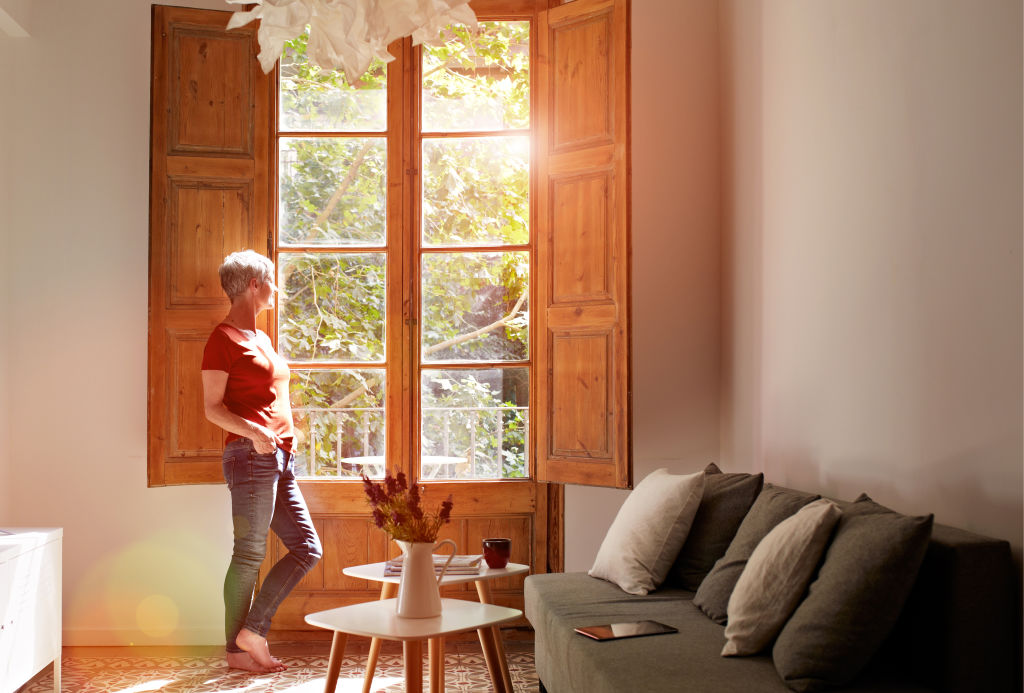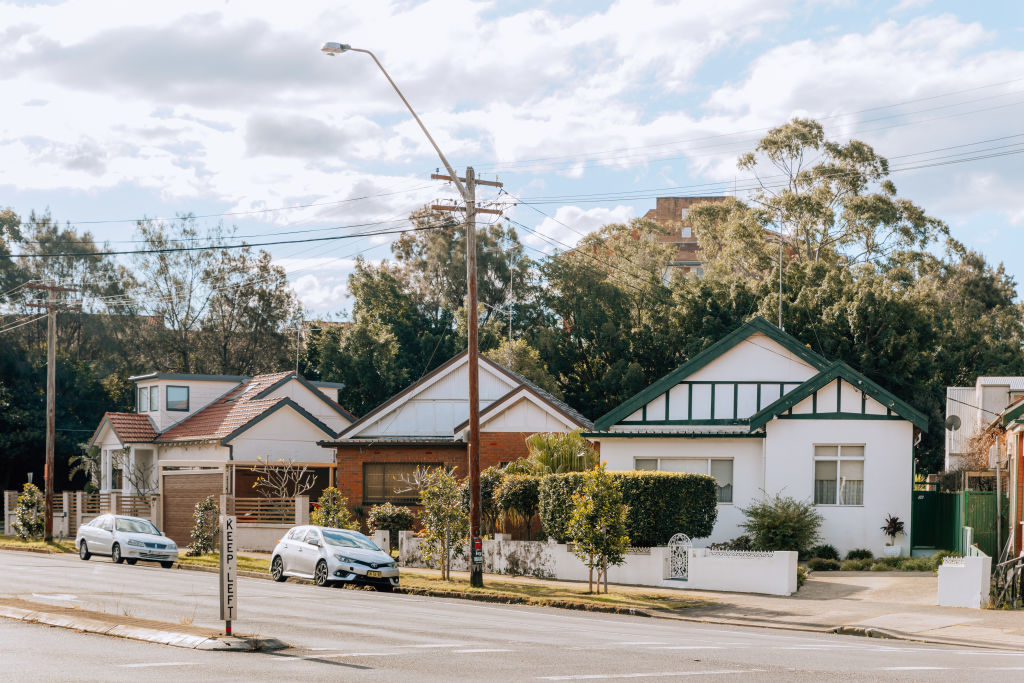Australian women are investing in property more than ever

Women are increasingly doing it for themselves when it comes to investing.
While research five years ago found that only a third of investors were female. Back then, the average real estate investor was a married, wealthy, middle-aged man with a high income and full-time work; that’s now rapidly changing.
“We’re seeing a lot more females investing in the last couple of years,” said entrepreneur Judy Sahay, the founder and managing director of Crowd Media Group, a group of three digital media agencies. “I think, traditionally, investment has always been geared towards men.

“All the language used is very masculine, and we see advertising with a man on a yacht and the woman by his side is there for decoration, while women have never received much education about finance. But during COVID lockdowns, a lot of women did start to educate themselves about investing, and we can now definitely see a real appetite for it.”
It found that 32 per cent of Australian women believe in starting small, and 42 per cent prefer to engage in long-term investing, so may be more inclined to set strategies and stick to them rather than let market movements affect their decisions.
The economist who did the original 2017 research about the gender of the country’s real estate investors, Dr Maria Yanotti, a senior lecturer in economics at the University of Tasmania, sees the proportion of women investors rising, too.

“I think that figure would have gone up now,” she said. “In the first place, women are getting more of their finances in order and are thinking about superannuation and how to invest their money and, secondly, the ABS (Australian Bureau of Statistics) data shows how much households are changing, and more people are living independently.
“In the past, the major financial decisions in households were taken by males and women had to be more concerned with bringing up children. But that culture has changed, and there’s plenty of research in Europe and the US showing how women are more the decision makers, and that’s reflected in transactions like investments and loans.
“Before, women might have made the decisions, but men were the ones to carry them through and have their names on contracts.”


The continuing disparity in earnings between men and women obviously doesn’t help, with Australia’s gender pay gap currently 14.1 per cent, according to the federal government’s Workplace Gender Equality Agency. On average, women still earn $263.90 a week less than men.
The founder and chief executive of financial services firm Thalia Stanley Group Marion Mays says that’s largely to blame for women’s underrepresentation. “It is logically due to the gender pay gap; with men earning more, women’s capacity to invest is restricted by their limited borrowing capacity,” she said.
“But we acknowledge in recent years that women have gained clarity that a man is not a plan and, while the majority of single investors are still men, women are now starting to be proactive with increasing divorce rates and adults being single longer.”
We recommend
States
Capital Cities
Capital Cities - Rentals
Popular Areas
Allhomes
More
- © 2025, CoStar Group Inc.









